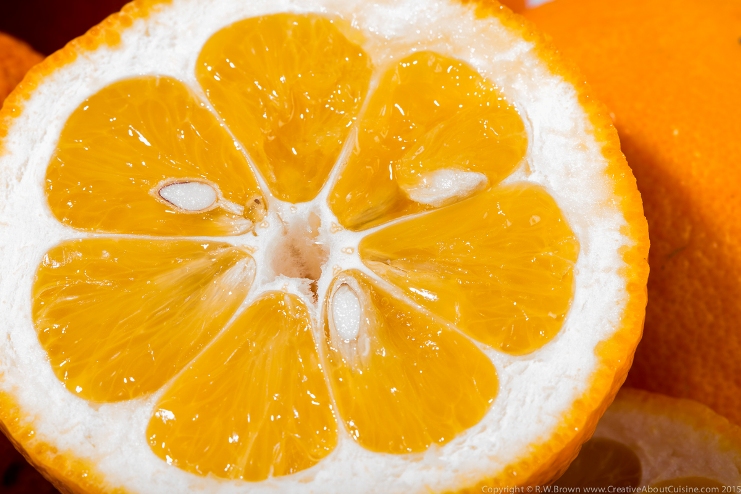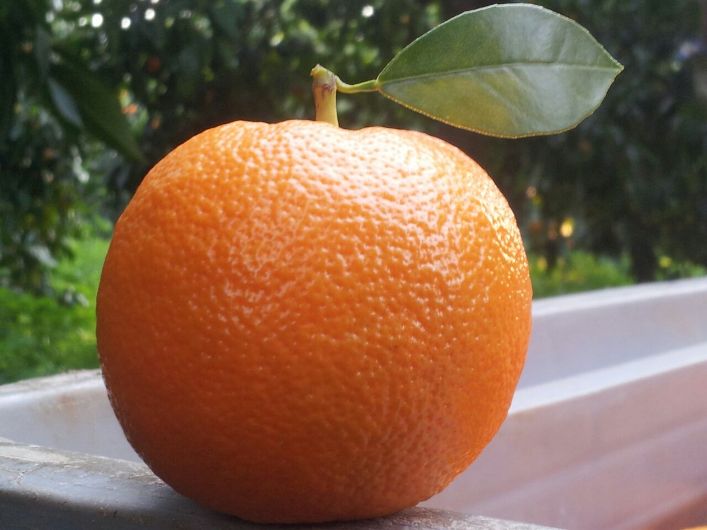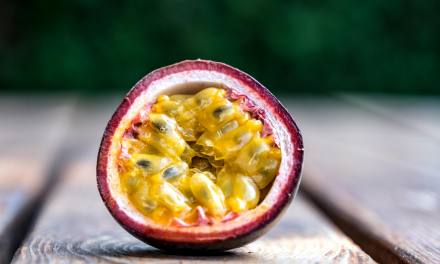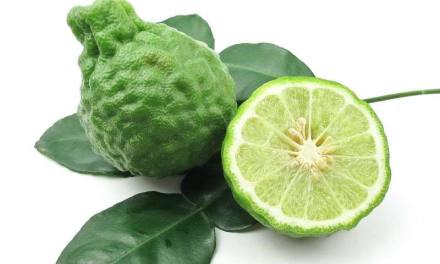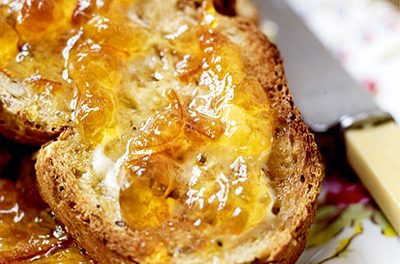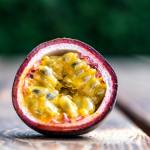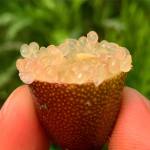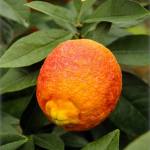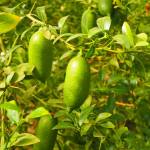The most special Seville Orange you can find in the world. The Seville Orange that grows in the heart of Seville (Spain), in Gospa Citrus Farm, a paradise on Earth where citrus fruits find the best ecological ecosystem in the world. The Gospa Seville Oranges are the most coveted and demanded in markets such as the United Kingdom, Ireland, France…
Gospa Citrus Farm
The Gospa Citrus Farm of Mairena del Alcor, Seville, which, as Cervantes said, lies four leagues from SEVILLA…
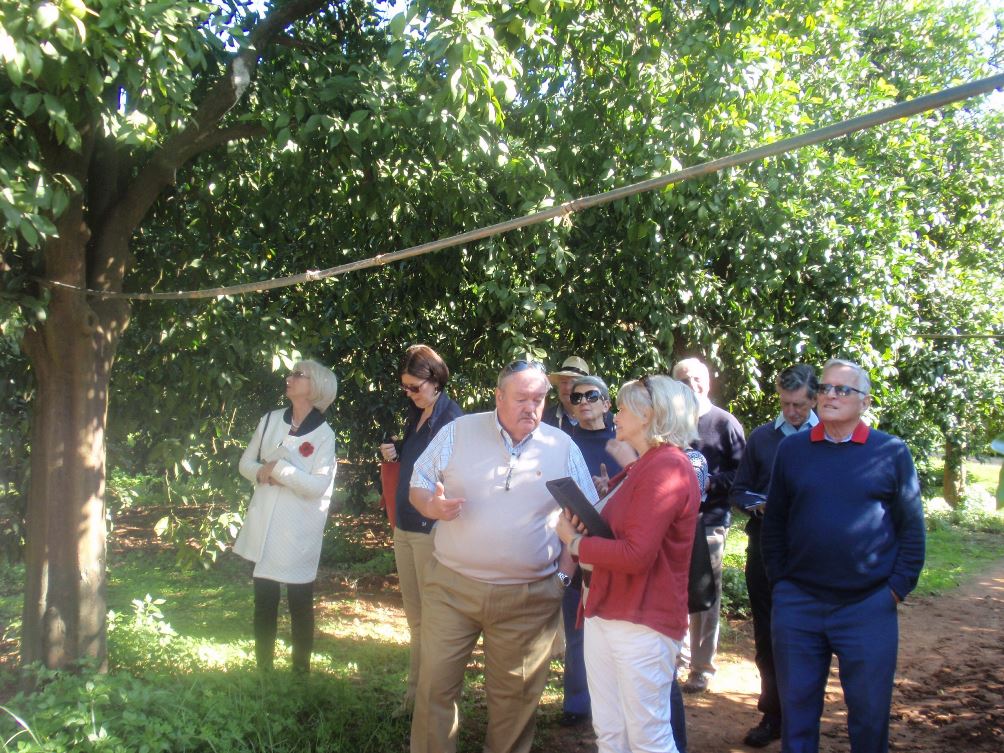
Admiring bitter oranges around 100 years old.
Seville Oranges
Description / Taste
Although the Seville orange smells like a true orange, it is not the same but it has some many other virtues. Its rough, thick and bumpy deep orange colored peel clings tightly to its pale orange translucent flesh, making it hard to peel. It is sour, tart, bitter and laden with seeds. It has two primary attributes: the peel contains fragrant essential oils and its flesh, when ripe is extremely juicy. The most common usage for the Seville orange is for the production of marmalade where it can use its peel and juice to its advantage; any sour and bitter flavors can be developed and enriched into elements of depth.
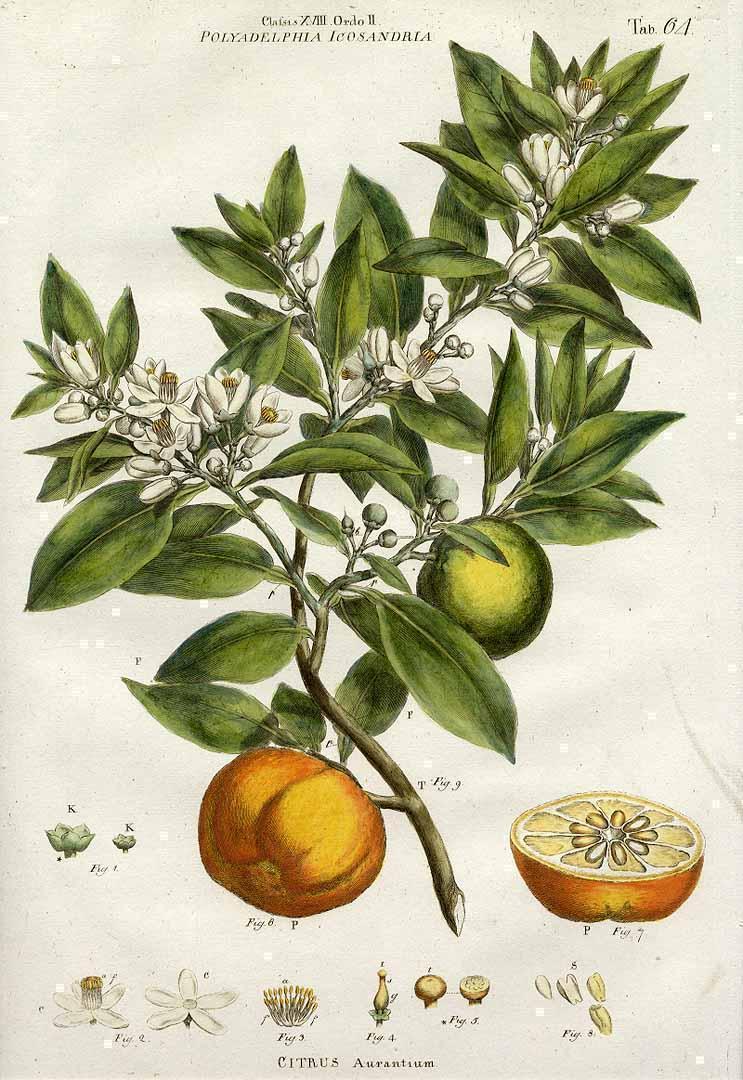
Citrus aurantium – J Miller 1770.
Seasons / Availability
In terms of market Seville oranges have a brief winter season -December until February normally. The fruit is available from end November until early Spring.
Current Facts
The Seville orange, botanically classified as Citrus aurantium, is a sour orange variety commonly used for its oil extract. The Seville orange, also commonly known as bitter orange or sour orange has been used in traditional Chinese medicine to treat nausea, indigestion and constipation. The crushed fruit and macerated leaves will lather when mixed with water and is used as a soap substitute in the Pacific Islands. The Seville orange peel, when dried and concentrated, contains a chemical similar to ephedra and has been used in many modern weight-loss products.
Nutritional Value
Seville oranges are a good source for vitamin C, dietary fiber, and thiamin. The citrus fruit also contains potassium, vitamin A and calcium, and are thought to have antioxidant and anti-inflammatory properties.
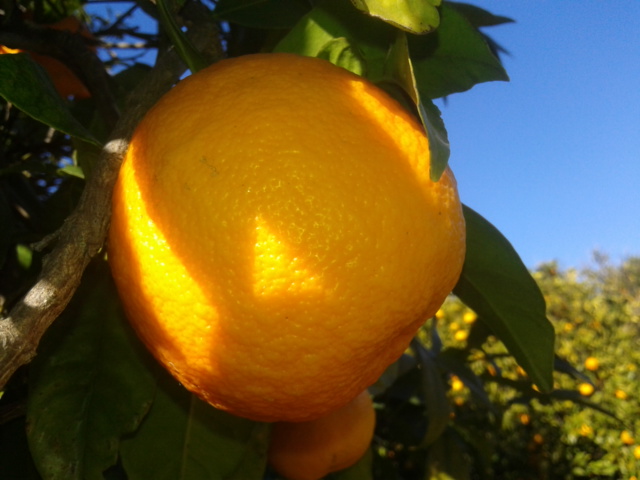
One of the Gospa Seville Oranges about to be harvested in January.
Applications
Seville oranges are most commonly used for orange marmalade. They are the Queen of marmalade. Use the zest and juice in flavored sugars or salts, syrups, cocktails, vinaigrette, gastriques or marinades. Seville oranges’ high acidity can be used for pickling. Use Seville oranges as a substitute for key limes in pies and pastries. Pair with fennel, bitter greens, chicories, olives, other citrus, fresh herbs, aged cheeses, seafood, rice, and Spanish spices. Seville oranges will keep, refrigerated, for up to two weeks or more. If frozen they could be used along the year.
Ethnic / Cultural Info
One of the earliest recipes for Seville orange marmalade dates back to 1683. It came from a small notebook found in Dunrobin Castle in Sutherland, written by an anonymous woman. The first commercially distributed brand of marmalade, called Keiller’s Marmalade, made its first batch in Scotland in 1797. They were the first to use chunks of the orange rind in their recipe. Marmalade has always been in high demand.
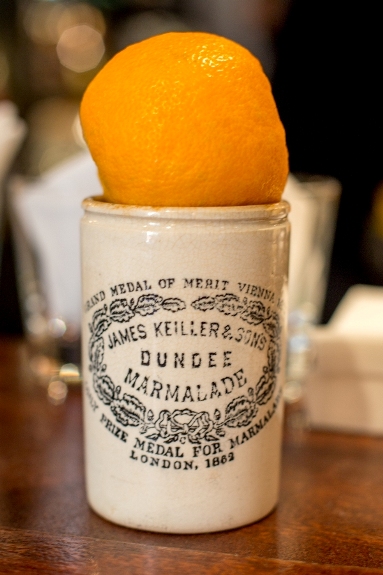
Geography / History
Sour oranges are native to China. Trade routes brought them to Africa and the Mediterranean in the 10th Century. Cultivation of sour orange varieties led to the Seville orange of Seville, Spain in the 12th Century, where it would accrue its name. The Seville orange was the only orange variety in Europe for the next 500 years. It was also one of the first citrus varieties brought to the New World where it was naturalized in the Caribbean, South, Central and North America. It is fabled that there is still a tree growing in a tub at Versailles reportedly planted in the year 1421. Sour orange trees would begin to shift their role as edible fruit to rootstock after sweet oranges were introduced in America. Cross pollination of the sour and sweet orange trees also proved to create bitter fruits in sweet orange varieties which forced farmers to reduce production of sour orange trees.
